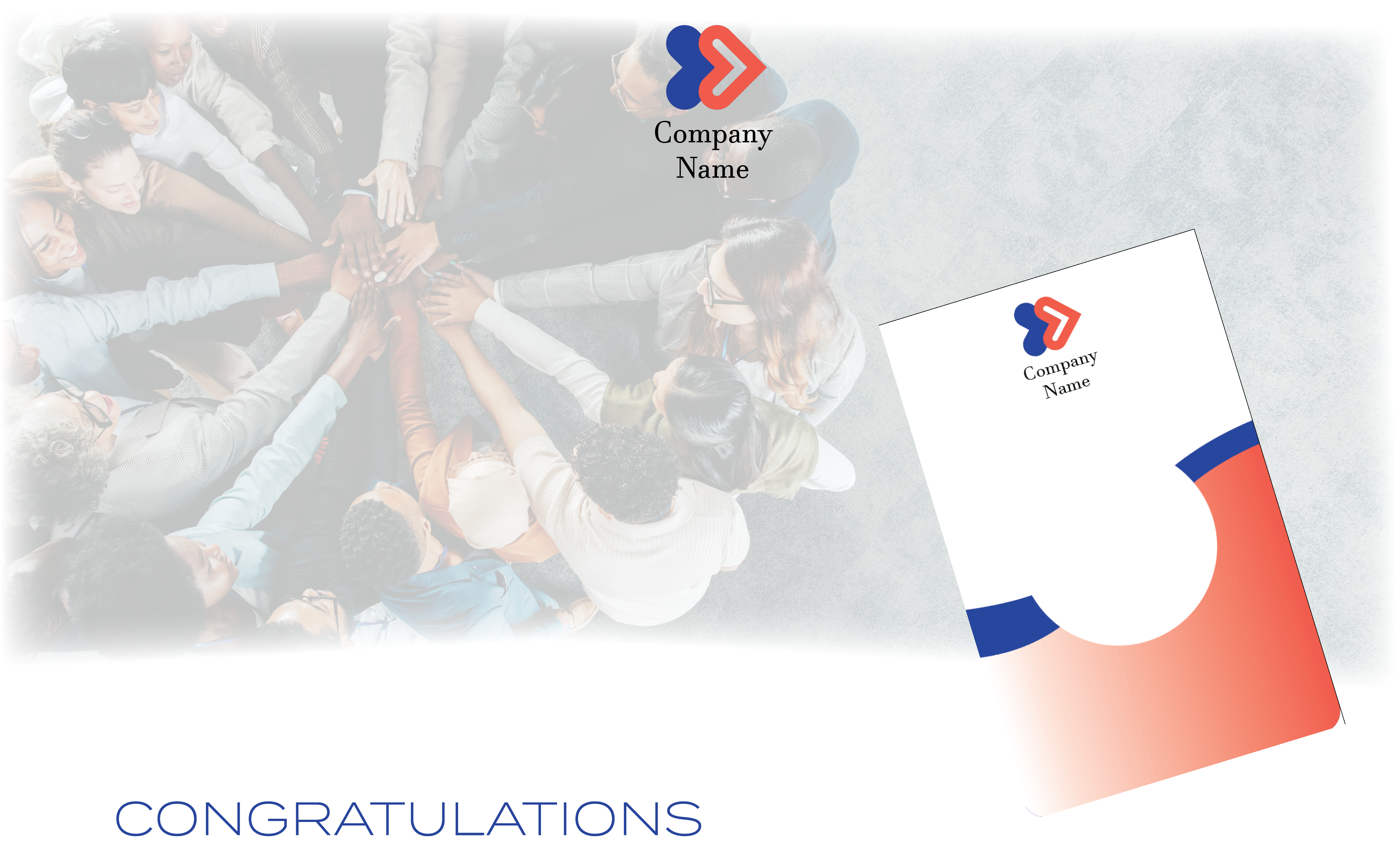Employee Deliverable Generator
Automated tool for creating employee badges and announcements
Project Overview
Client
Kern Health Systems - HR & Learning Development
Duration
2 weeks
My Role
Developer, UX Designer, Process Analyst
Tools Used
Python 3, Streamlit, Pillow (PIL), Streamlit Cloud
The Challenge
Our HR and Learning & Development teams were spending significant time manually creating employee badges and announcement graphics. The existing process required Adobe Illustrator expertise, was error-prone, and created bottlenecks in the onboarding workflow.
Key Pain Points:
- 10 minutes per employee for manual design work
- Required specialized Adobe Illustrator knowledge
- Frequent back-and-forth handoffs between teams
- Inconsistent sizing and formatting of photos
- Error-prone manual text entry and layout
- Delayed new-hire announcements due to design bottlenecks
Process Analysis
I conducted a thorough analysis of the existing workflow to identify automation opportunities:
Original Workflow
- HR sends employee photo and details to L&D
- L&D opens Adobe Illustrator template
- Manual photo resizing and cropping
- Text entry for name, title, department
- Layout adjustments and quality checks
- Export to multiple formats
- Send files back to HR
Identified Automation Opportunities
- Automatic photo cropping and circular masking
- Template-driven text insertion
- Batch processing capabilities
- Direct file export in multiple formats
- Browser-based accessibility for all team members
The Solution
I developed a web-based tool using Python and Streamlit that automates the entire badge and announcement creation process. The tool eliminates the need for design software expertise while ensuring consistent, professional output.
Key Features:
- Automatic Photo Processing: Crops photos to perfect circles with smart centering
- Template-Driven Design: Pre-built templates ensure brand consistency
- Batch Processing: Create multiple badges simultaneously
- Multiple Export Options: PNG files or ZIP downloads for batch processing
- Browser-Based: No software installation required
- Real-Time Preview: See results before downloading
- Mobile-Friendly: Works on tablets and smartphones
Technical Implementation
Backend Development
Built with Python 3 using Streamlit for the web interface and Pillow (PIL) for image processing. The application handles image upload, processing, and template generation entirely in the browser.
Image Processing Pipeline
- Image upload and validation
- Automatic face detection and centering
- Circular cropping with anti-aliasing
- Template overlay and text rendering
- High-quality export generation
Deployment Strategy
Deployed on Streamlit Cloud for internal access, ensuring zero installation requirements and automatic updates for all users.
Results & Impact
90%
Time Reduction
100%
Error Elimination
5+ hrs
Weekly Time Savings
0
Training Required
The tool reduced design time from 10 minutes to under 1 minute per employee, eliminated design errors, and empowered HR staff to create professional graphics independently. This resulted in faster new-hire announcements and improved team efficiency.
User Feedback
"This tool has been a game-changer for our onboarding process. I can now create professional badges in seconds instead of waiting for design support."— HR Coordinator
"The automation freed up our team to focus on more strategic instructional design work instead of repetitive graphics tasks."— Learning & Development Manager
Technical Innovation
Smart Image Processing
Implemented automatic face detection to ensure profile photos are properly centered in the circular crop, eliminating the need for manual positioning.
Template System
Created a flexible template system that can accommodate different badge types and announcement formats while maintaining brand consistency.
Accessibility Focus
Designed the interface to be intuitive for non-technical users, with clear instructions and real-time feedback throughout the process.
Lessons Learned
- Process automation can dramatically improve team efficiency and job satisfaction
- Browser-based tools eliminate installation and maintenance barriers
- Smart defaults and automatic processing reduce user decision fatigue
- Real-time previews improve user confidence and reduce errors
- Cross-functional collaboration reveals optimization opportunities
